Communication within an organization helps employees perform their duties well. Keeping them informed of significant decisions and changes helps build their trust in the management of the organization they work for. Companies and businesses should communicate with their employees using reliable and formal methods.
Finding an appropriate communication tool is key to establishing healthy relationships between employees and employers. A memo template is a tool that can help facilitate communication within an organization. Organizations must understand what it is, what its purpose is, and how it is written.
What is a Memo?
A memo is a record, message, or document used for internal communication regarding procedures, policies, and team activities for a particular project or to inform particular groups in the company of any actions, events, or observations. It is also used when an organization wants to communicate major changes like departures, team additions, role changes, updates to events like company meets or gatherings, and shifts in everyday workflow or operations.
It is also referred to as a memorandum or reminder. It is usually written to communicate to a mass audience, such as a specific group like the team members of a project, an entire department, or all organization members.
Free Memo Templates
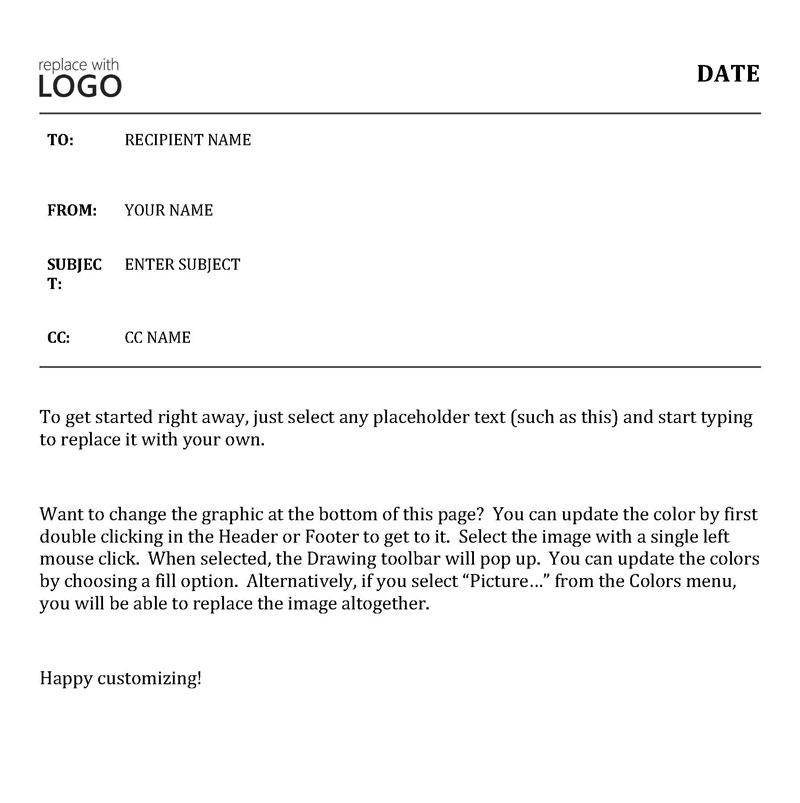
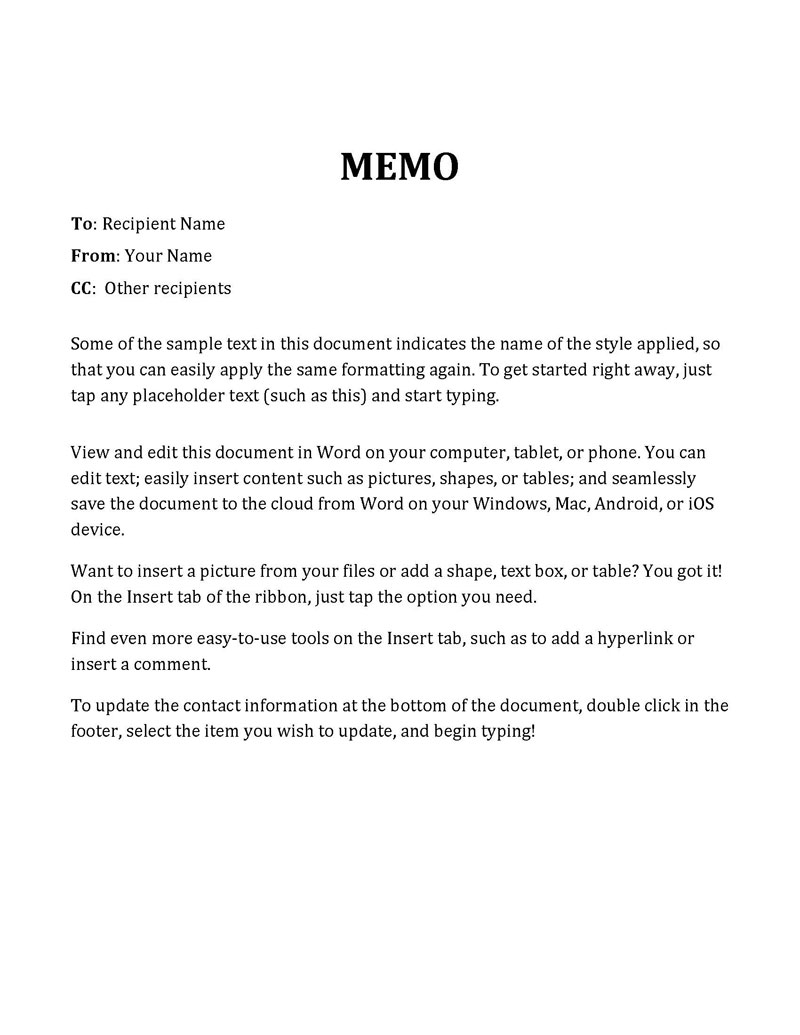
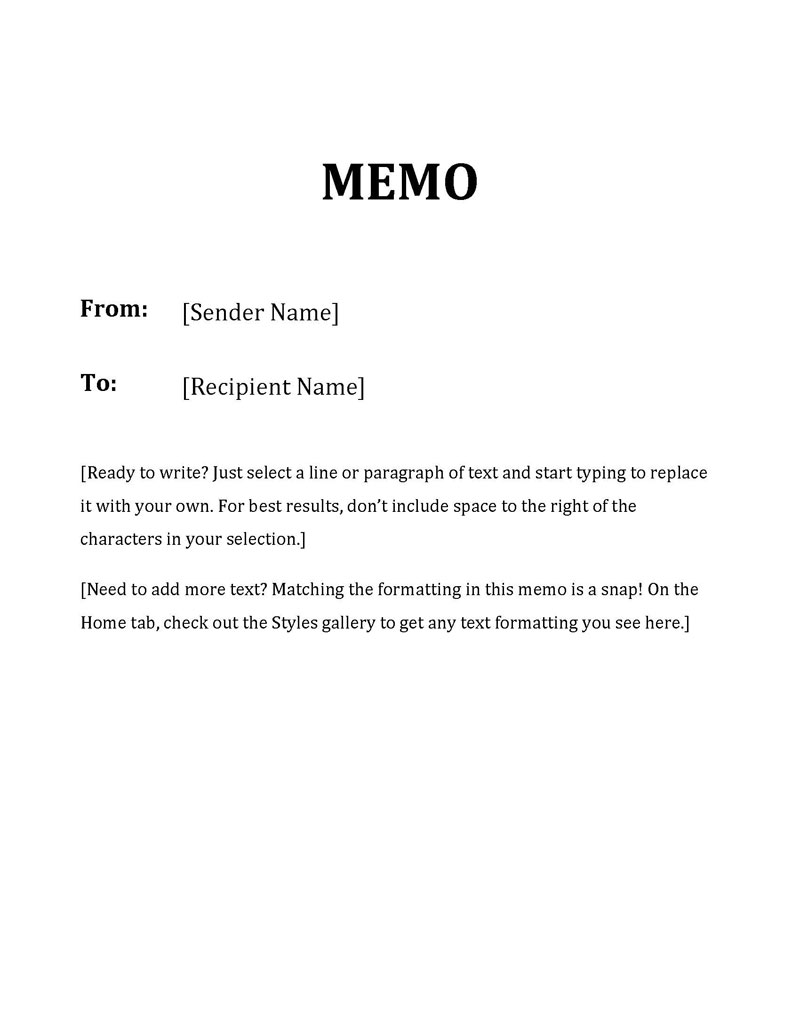
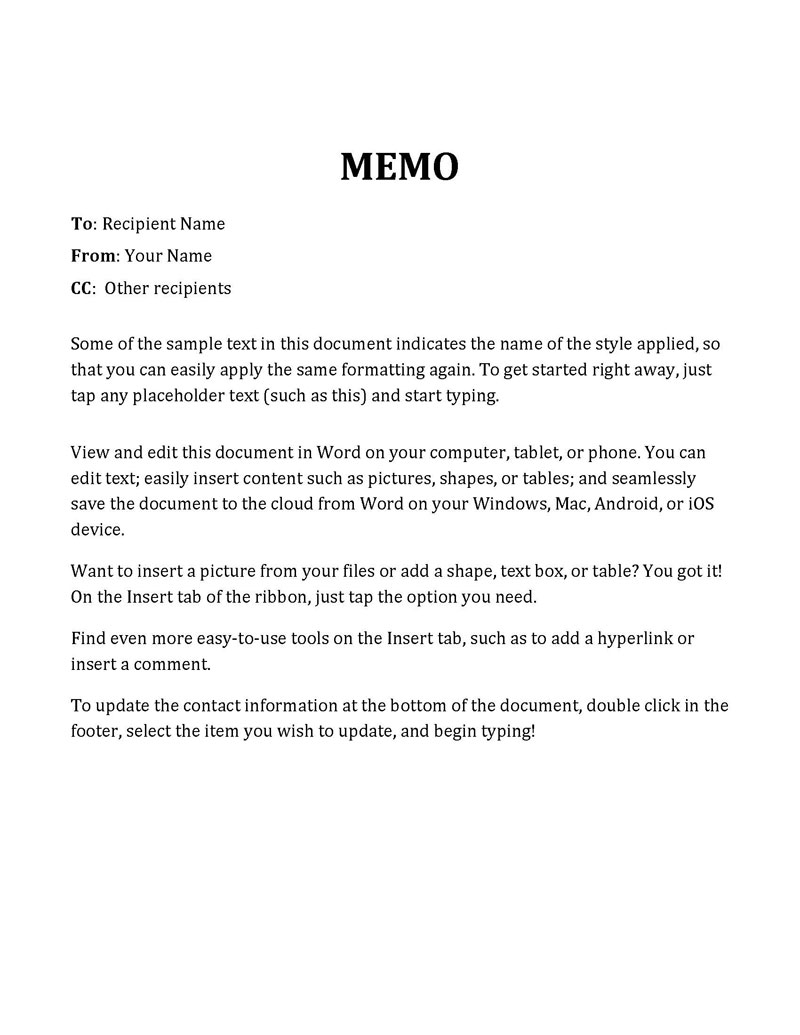
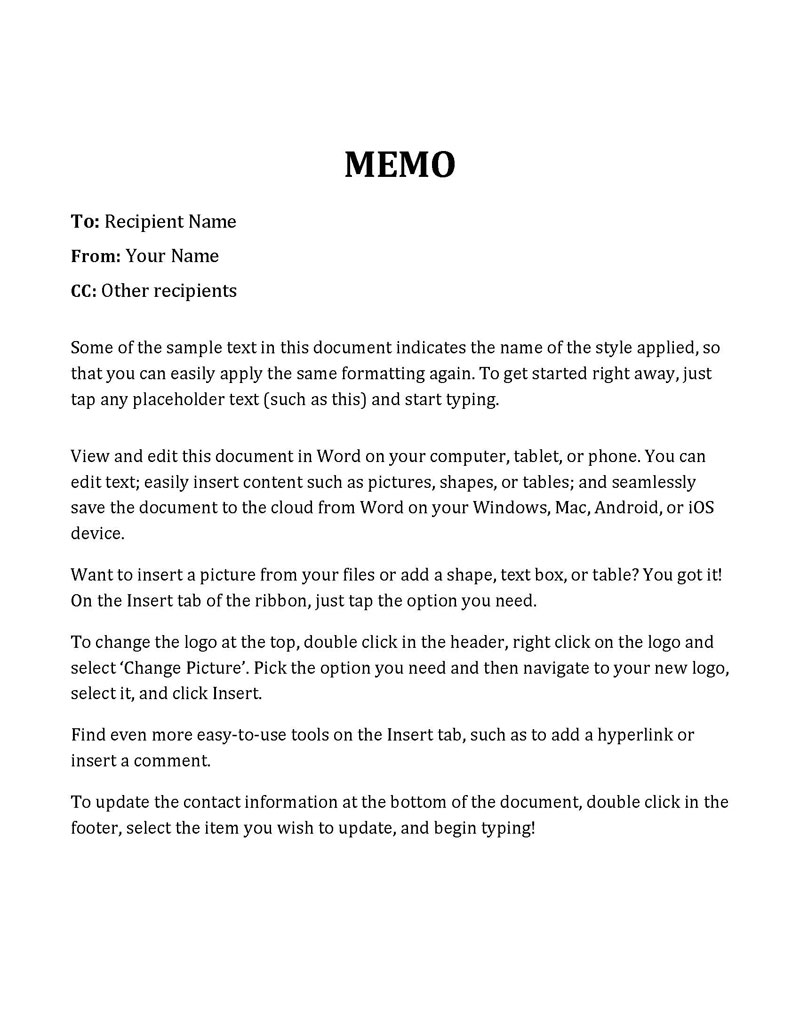
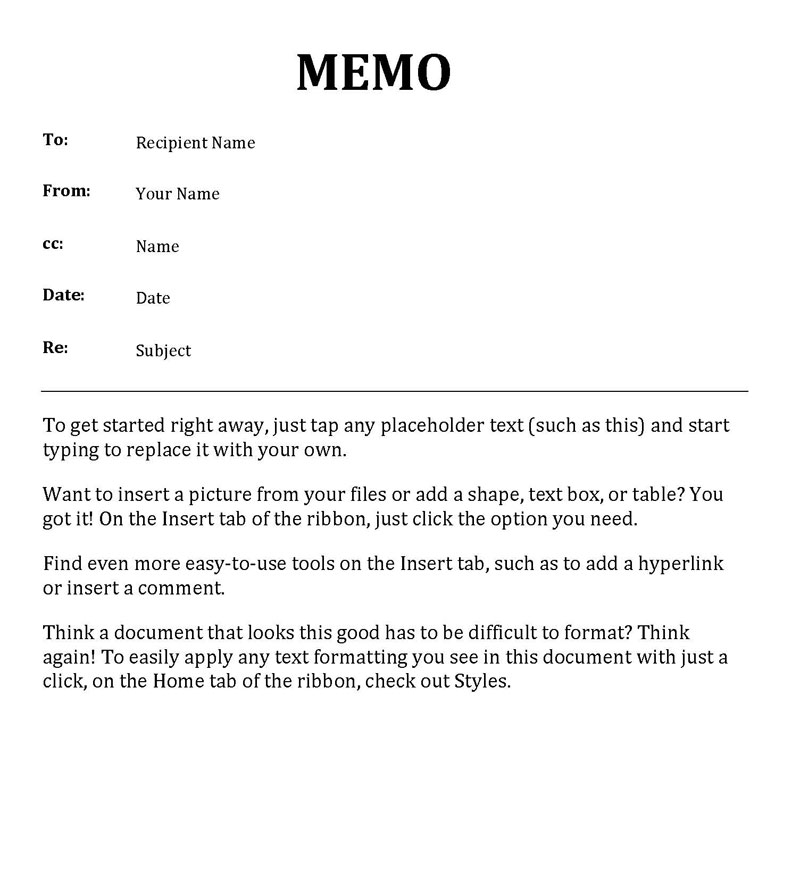
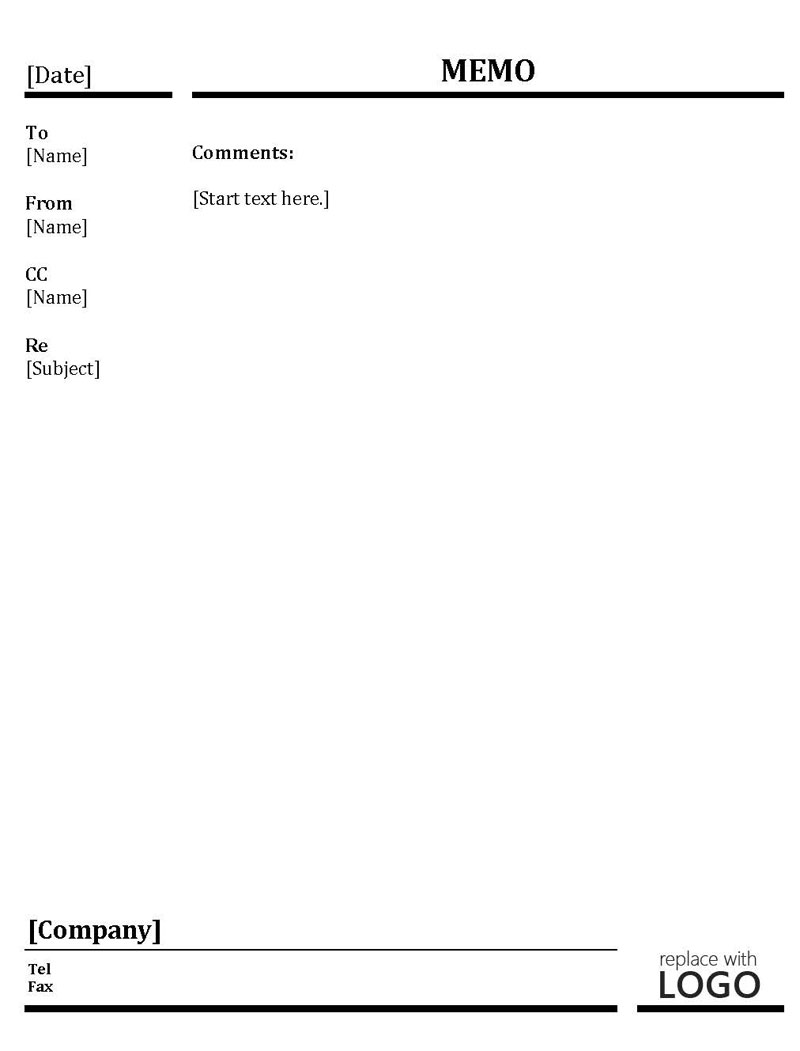
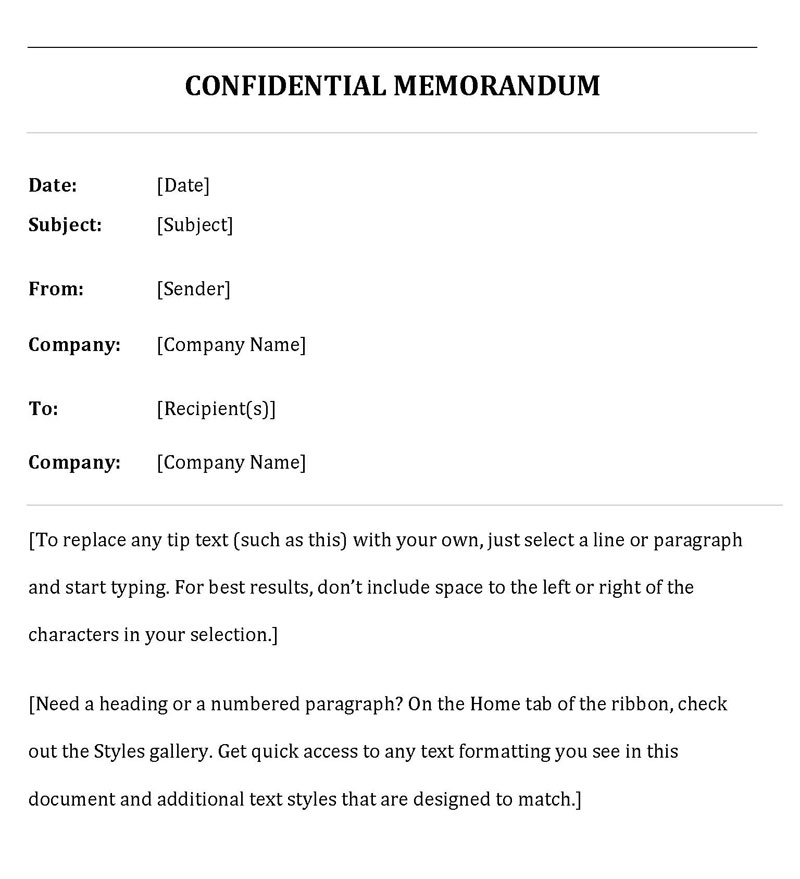
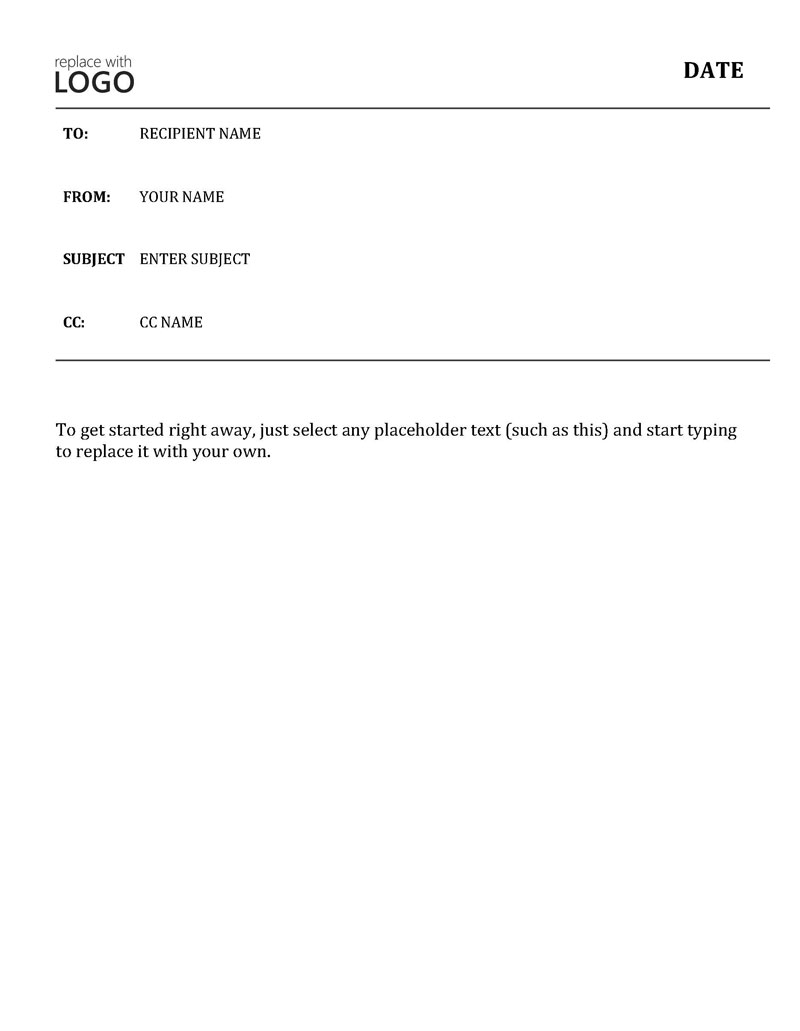
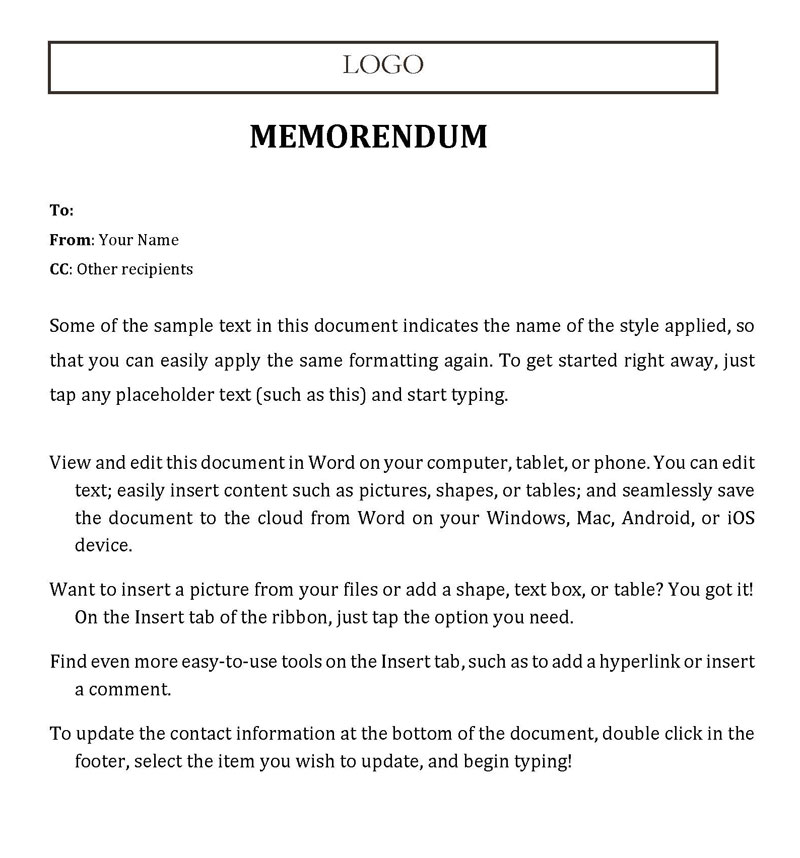
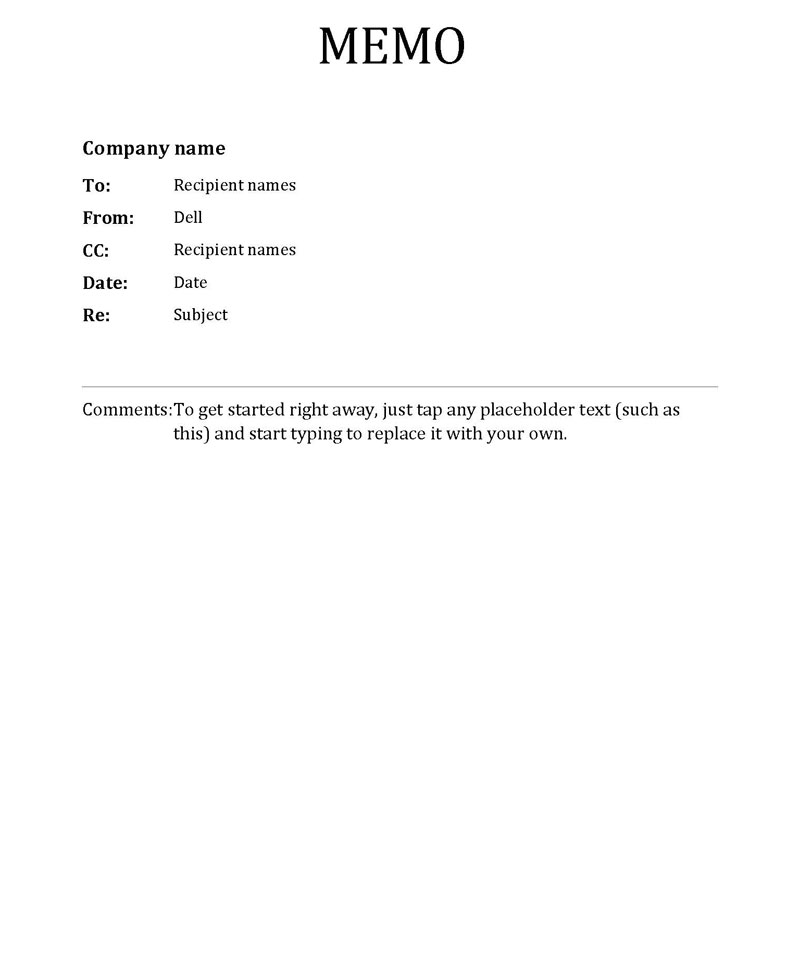
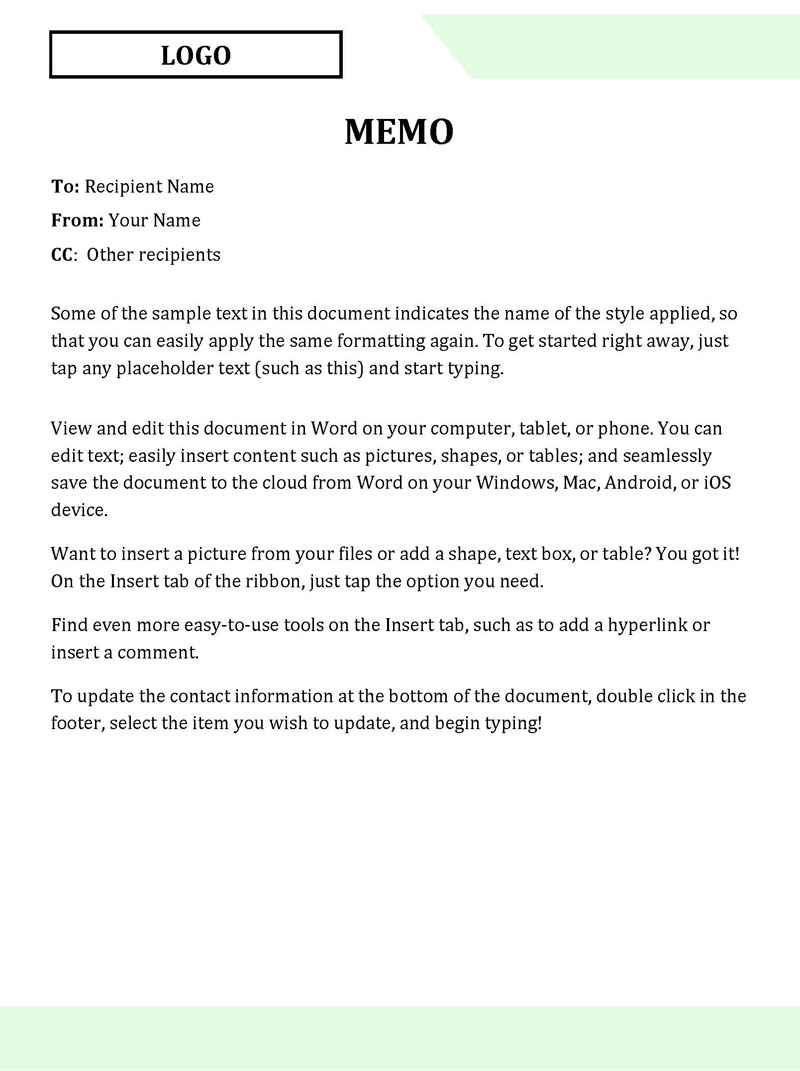
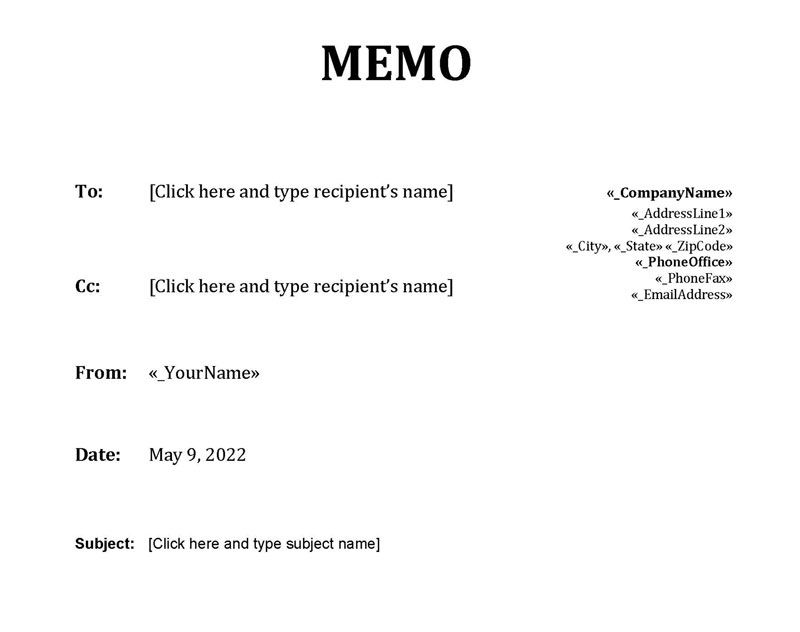
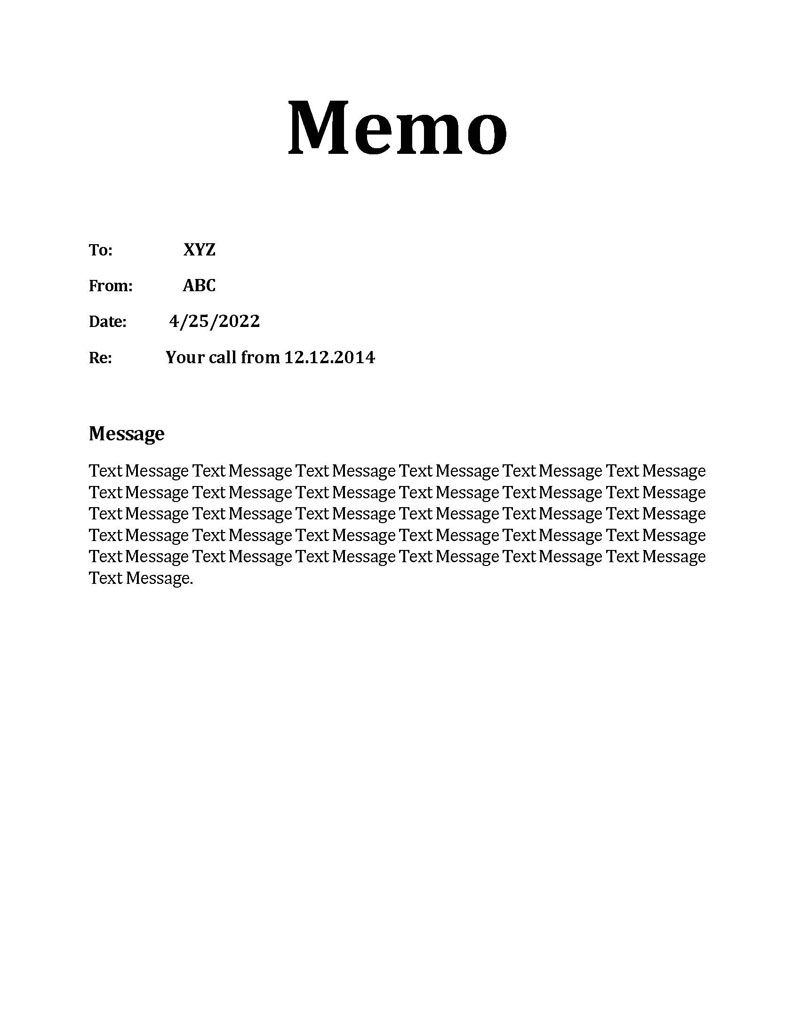
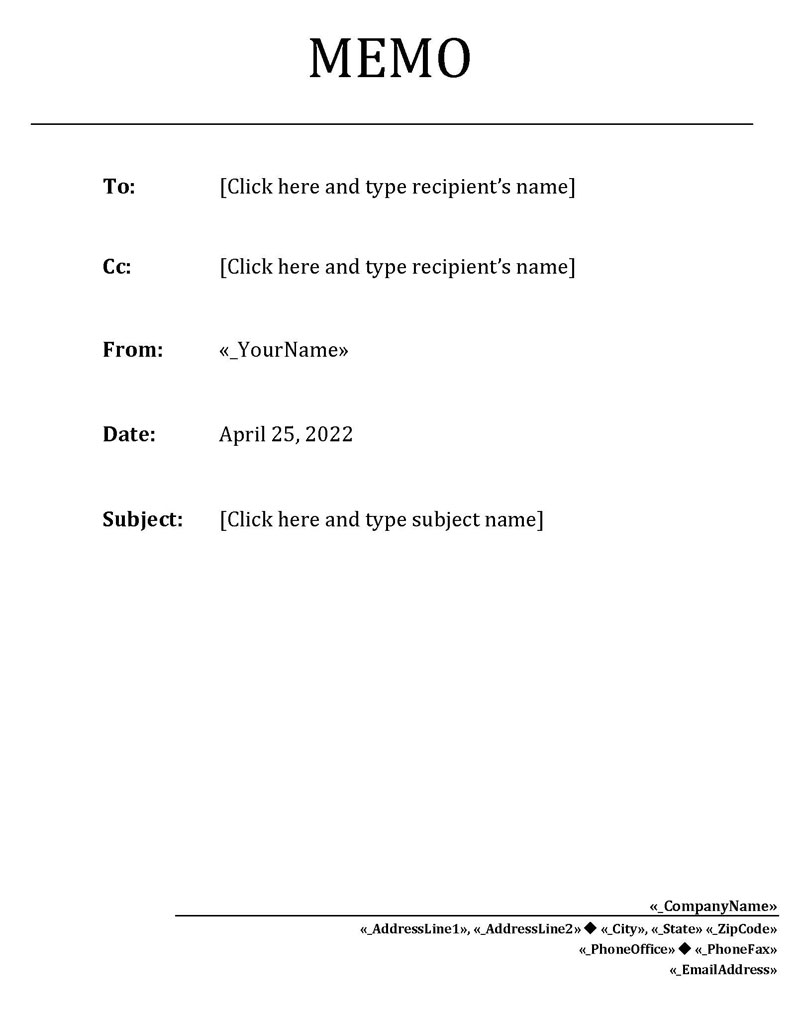
Purpose
A memo plays a vital role in providing reliable information to the organization’s employees, rather than relying on grapevine communication. Grapevine communication relies heavily on rumors, which can change and transform from one employee to another and lead to unnecessary speculation. It helps ensure that all employees receive the same clear message, leaving no room for misinterpretation. It is also used to represent the organization’s interests.
This can be achieved through the communication of the organization’s decisions, such as the change of its policies or a reminder that employees must complete their tasks to enable the company to achieve the goals it has set for itself. Statements outlining how both business and employee interests align and highlighting mutual benefits and understanding should be included in the memo. It can address all the challenges of announcing solutions that have been approved by management or the employer. It should provide information on when and how the proposed solutions will be implemented.
When Should I Write a Memo?
A vital part of understanding how to use a memo is knowing when to write it. Knowing when to write one helps the organization appropriately utilize it. Organizations can also identify the benefits of using it compared to other forms of communication.
The following information outlines when an organization should consider writing it:
When writing a message
A memo can be written when an organization has a lasting message that it would like to share with its employees. Using a template to communicate official messages ensures that readers can consult the document as much as they would like when seeking clarification on vital issues. Lasting messages that organizations may communicate using one include detailed proposals, essential reports, technical explanations, serious recommendations, or meeting minutes.
Formatting matters
An organization can write one to communicate information with a specific formatting style. Formatting that the organization may want to maintain may include bullet points, columns, bold headings, graphs, tables, or balancing white spaces throughout the document. A template can be saved as a PDF and it can also be sent via email as an attachment.
To print your communication
When an organization wants to communicate with its employees, it can use a memo instead of an email. It can be posted on the organization’s bulletin board, where all employees can access it. Employees can also print it for discussions in company meetings. In addition, a printout can enable access to information for employees who are not technologically savvy.
When your message is too long
If an organization has a long message to communicate with its employees, an email may not be the best option. Memos are flexible, as they can accommodate both short and long messages. The organization can use them to lay out details that would be impossible to fit in an email. They ensure that employees have access to the information whenever they need it.
For formal communication
A memo can also be written when an organization wants to send a formal message to its employees. The presence of the company name, logo, and professional titles of the sender and recipients helps make the message appear more formal. Therefore, employees can take the message seriously instead of passing it on by word of mouth.
To communicate complex information
An organization can write one to communicate complex information to external correspondence, such as clients and individuals it collaborates with on projects. These individuals can include consultants, club members, vendors, or professional peers.
When communicating through email
Finally, a memo can be written when an organization wants to convey its message via email as an attachment. The email should contain a summary of what is outlined in the attachment to help inform the employees of what they are likely to find in it. Attachments are easy to save and, therefore, help ensure that the information is available when needed.
How do I Write a Memo?
A well-written memo conveys the organization’s message in a clear and specific manner. Understanding how to write it will help ensure that vital details are provided. It will also help ensure that the message is conveyed effectively.
When writing one, an organization should adhere to the following guide:
Header
The header should be labeled “Memorandum.” First, the label clarifies that the organization’s message is communicated through it. Next, the header should outline who the recipients and sender are under “TO” and “FROM,” respectively. Next, the names and job titles of both parties should be indicated. Next, the date outlining when it is sent should be indicated under the word “DATE.” Finally, the writer should also indicate why it has been written under “SUBJECT.”
Introduction
The introduction of a memo should outline the purpose of the document. It can begin with the phrases stipulating that the writer would like to inform or request’’ something from the recipients.
The writer should also consider the following elements when writing the introduction:
Lead with the main topic
The main topic should be delivered clearly and straightforwardly. Leading with the main topic helps clarify what the memo entails. Longer ones should have a short introductory paragraph summarizing the document’s contents. The writer should only highlight the most crucial information in this summary to provide more details in the subsequent paragraphs.
Body paragraphs
The body provides more detail about the main topic.
EXAMPLE
Suppose the management makes a specific request to its employees; the body elaborates on what it wants them to do. For instance, if the organization is planning a team-building trip, the writer may request that employees RSVP with their details to make the necessary bookings.
On the other hand, if the management is informing employees about an upcoming project or changes to policies, the body provides more insight into how the management hopes employees will react to the message. It may also outline any actions employees can take in response to the information.The management may request that employees cooperate with them.
Overview and timeline
Provide an overview of the changes indicated to elaborate on the message. The overview should be clear and specific. Information such as what will change and who will be in charge of making the changes can be provided. A timeline for when the changes will come into effect should also be indicated.
Closing
The conclusion should explain why employees should be enthusiastic about the message. The writer should also provide information on where and when employees can convey their concerns, comments, or questions. This helps show that management is willing to engage with employees on issues related to the message.
Tips to be Effective at Memo Writing
Various tips should be considered when writing a memo to help facilitate a better presentation of the message to be conveyed. These tips also play an essential role in enhancing effectiveness.
The tips to be considered include the following:
Keep your subject line concise
The phrase used in the subject line should be concise. Writing a concise subject line enables the recipients to quickly read through the document, as they already know what to expect in the rest of the memo. On the other hand, vague or general subject lines may confuse the organization’s address.
EXAMPLE
If it announces the Thanksgiving holiday schedule, the subject line should read ‘Thanksgiving Holidays’ and not ‘Regarding holiday.’
Keep your audience in mind
The writer must first consider what issue they will address. Using this information, the writer will be able to gain the attention of the audience. The memo is then tailored to capture the audience’s attention throughout. The writer should ensure that the issue identified is emphasized at the beginning to avoid confusion among the recipients.
Include only relevant information
The memo should only contain relevant information. The writer can add some supporting details to help illustrate specific points, but only if necessary. If a sentence or paragraph can be removed without affecting the meaning of the message, then it can be discarded to avoid making it unnecessarily long.
Choose the right tone
Using an appropriate tone when writing is key to communicating effectively.
EXAMPLE
Sensitive messages should be conveyed using an empathetic tone. Though the writer should always maintain a confident tone and ensure that the information is direct, other crucial aspects of the message, like its contents and the target audience, should also be taken into consideration.
The writer should review it before it is delivered to ensure it sounds as intended and avoid conveying vague ideas in terms of the seriousness or sensitivity of the issue communicated.
Choose the right communication channel
The organization should select the most appropriate communication channel.
EXAMPLE
The memo can be posted on a private messaging platform like a WhatsApp group, a chat channel, or simply sent via email.
Each of these communication channels has slight differences. The organization can choose the right communication channel by determining the urgency of the message it has to convey.
Direct format
The memo must also be written in direct format. It helps convey the message. It also helps facilitate formal business communication. Writing in a direct format brings attention to the main topic of the message, which is what the organization aims for.
Objectivity
It should not contain any personal biases, interests, or preferences, as its main aim is to provide factual information. However, memos can have legal standing, and therefore maintaining objectivity is essential.
Avoid misleading mistakes
The writer should proofread the document to ensure that there are no mistakes that may cause confusion or misinterpretation. It is also essential to check for typos and grammatical mistakes, which may seem unprofessional. Making the necessary corrections will ensure that it is more impactful.
Format of a Memo
All memos should begin by indicating the date and outlining the names and titles of the recipients, the name and job title of the sender, and a subject line. The management will determine the specific formatting guidelines. However, basic formatting principles should apply, such as organizing the information in three paragraphs; an introduction, a body, and a conclusion. The message outlined in the three paragraphs should then be broken down into a declaration that states the main topic, a discussion that lists the main points, and a summary of the information provided.
Conclusion
In conclusion, a memo is used for internal communication in an organization. It aims to ensure that employees are updated on decisions made based on company policy, procedures, events, team activities, and other official activities within the organization. It is often used for mass communication rather than interpersonal communication. It can be used in instances such as when management wants to communicate a formal message or when the message is too long or complex, among other instances.
The memo should contain the date, names, and titles of both the recipients and the sender, along with a subject line. It should also contain vital details about the communication, such as the purpose of the message, which should be outlined in the introduction. The body section goes into further detail about the message, while the conclusion summarizes the communication. It should be concise, specific, and objective. It should only provide relevant information to avoid overwhelming the audience with unnecessary information.




